Does this mean jd vance is a centipede?
nilclass
🗡️💪
Sounds great, except i think this whole thing is about some punching game.. Not sure though, i'm not a sports person
Heresy! Australia will always be a planet.
Damn, i was hoping for them to make it slower!
I can only find pictures of 6-lobed Gamebit screws
thanks, this might be just the comment I needed! Some of the screws are sunk into a very deep hole (~60mm), so it would be tough to cut a slot into those. But i'll give it a try on one of the more exposed screws, just to see if that gets me anywhere.
true, looking at second pic it's very hard to make out. I tried to capture it on the first picture, but it's not that good
yeah, it is inverted (or "external" torx according to your link). They also made sure to sink the screws into a whole where no pliars will fit...
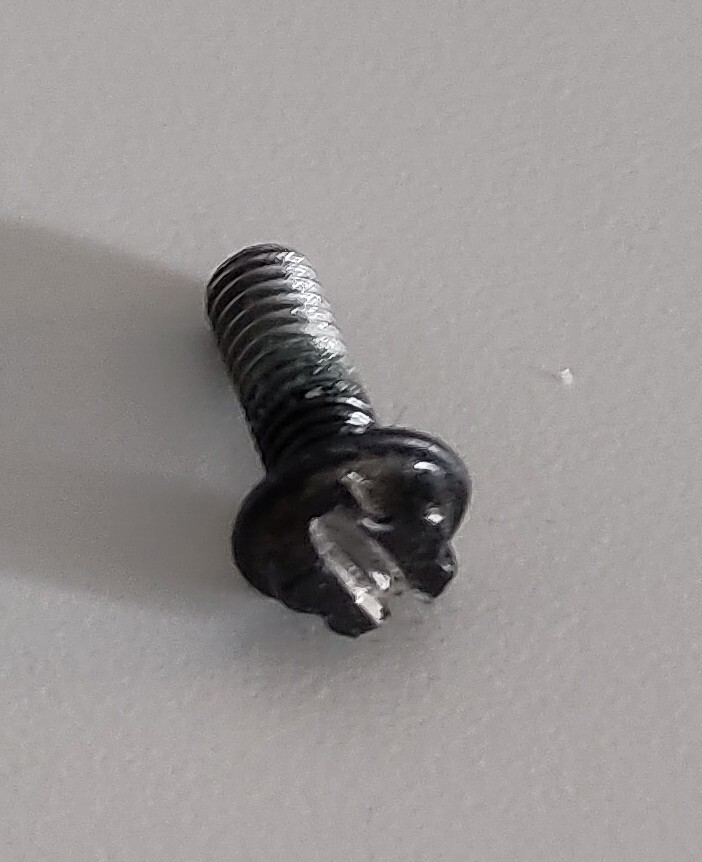
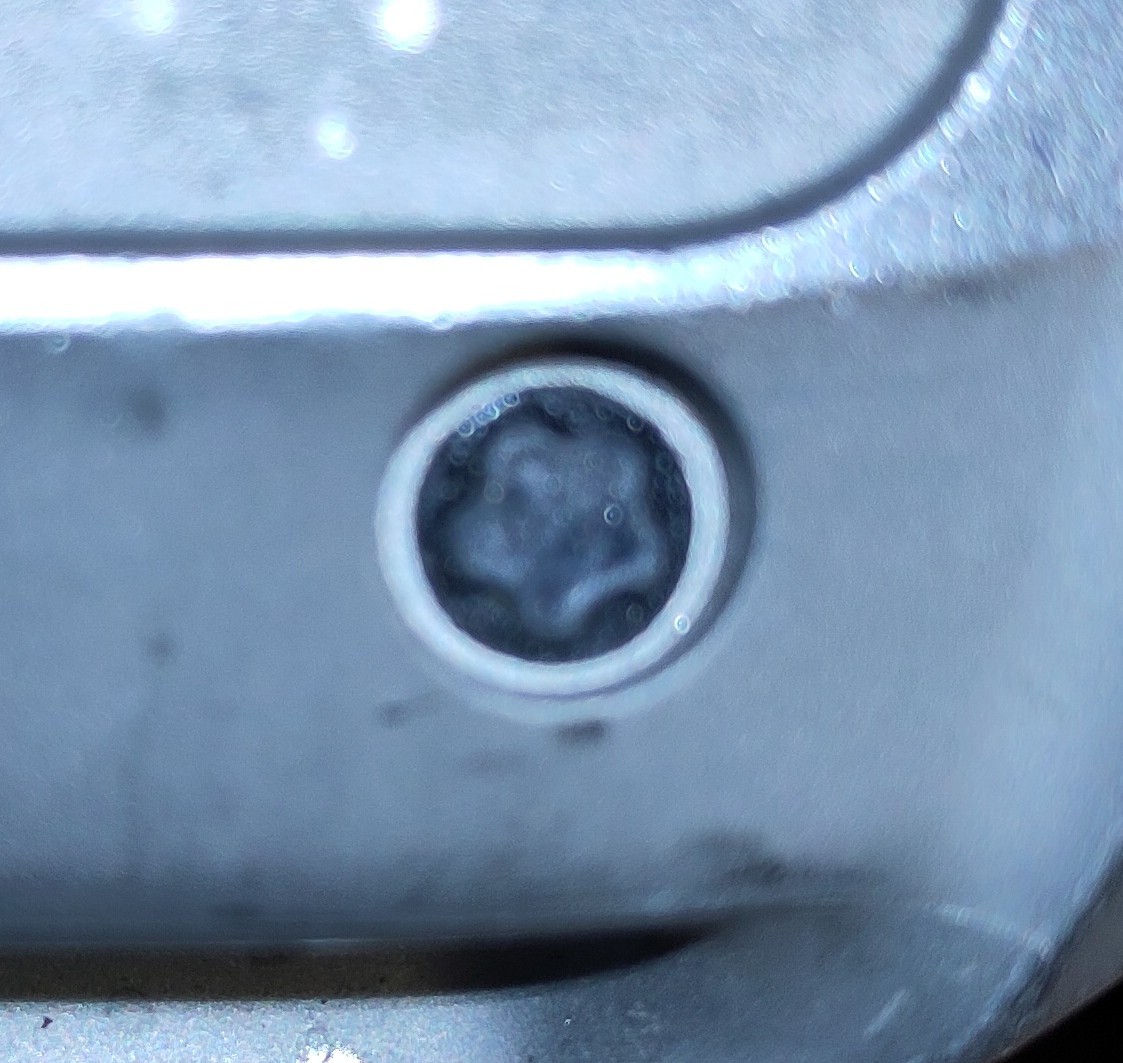


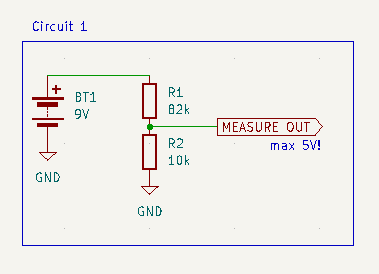
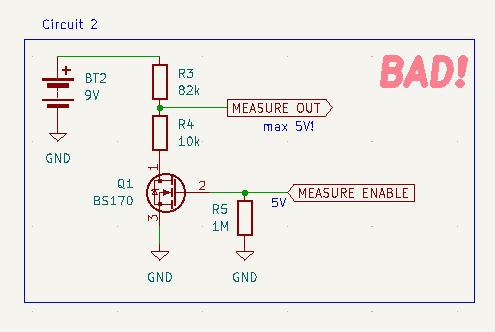

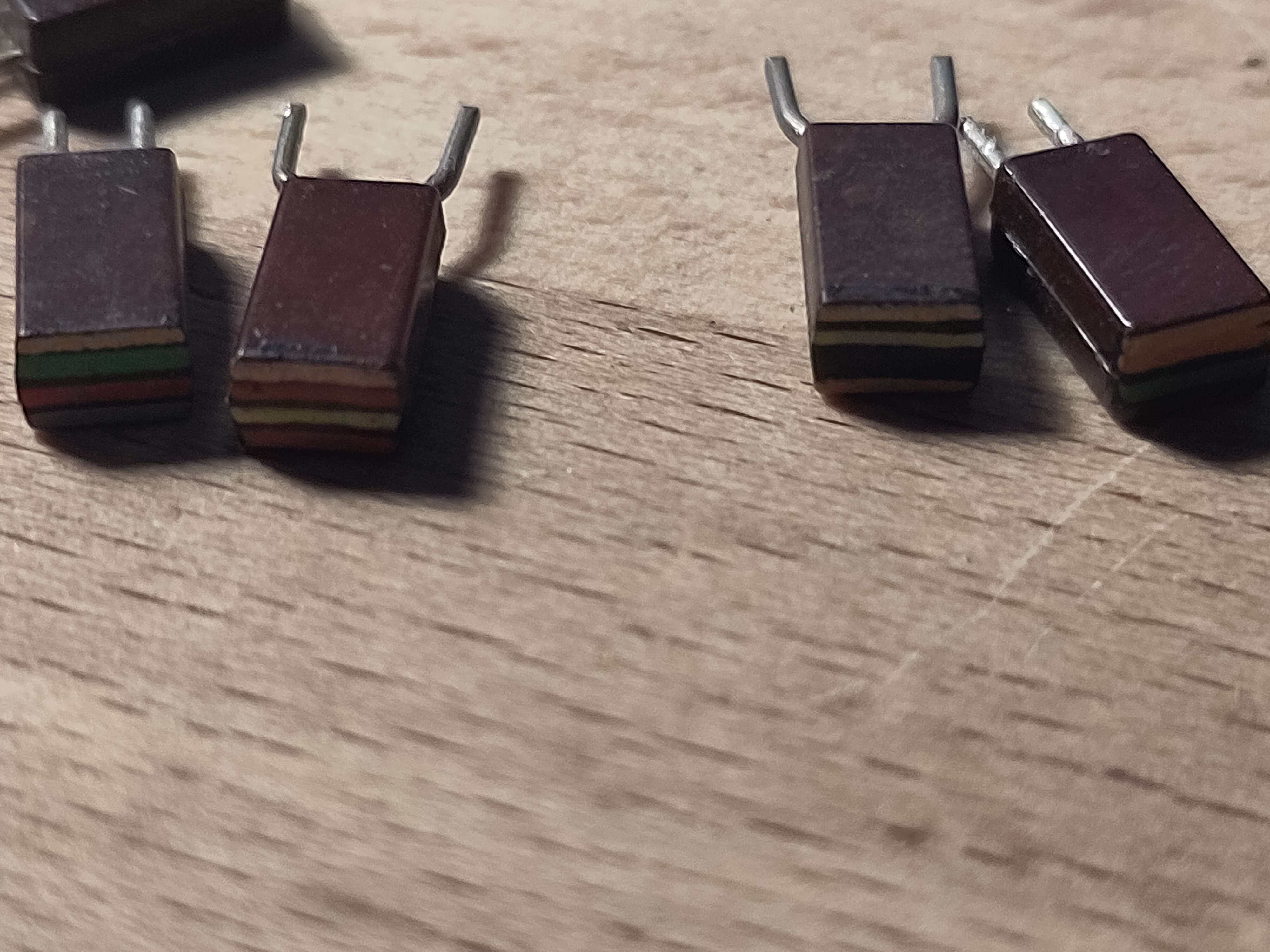


I'm not sure I understand what you are trying to do... do you want to build a radio? Or are all your signals in the audio range?
Anyway:
Regarding Gilbert cells, the two popular chips are MC1496 and SA631. The 631 comes with a built-in oscillator, so it's quite handy. Unfortunately both are hard to come by these days.